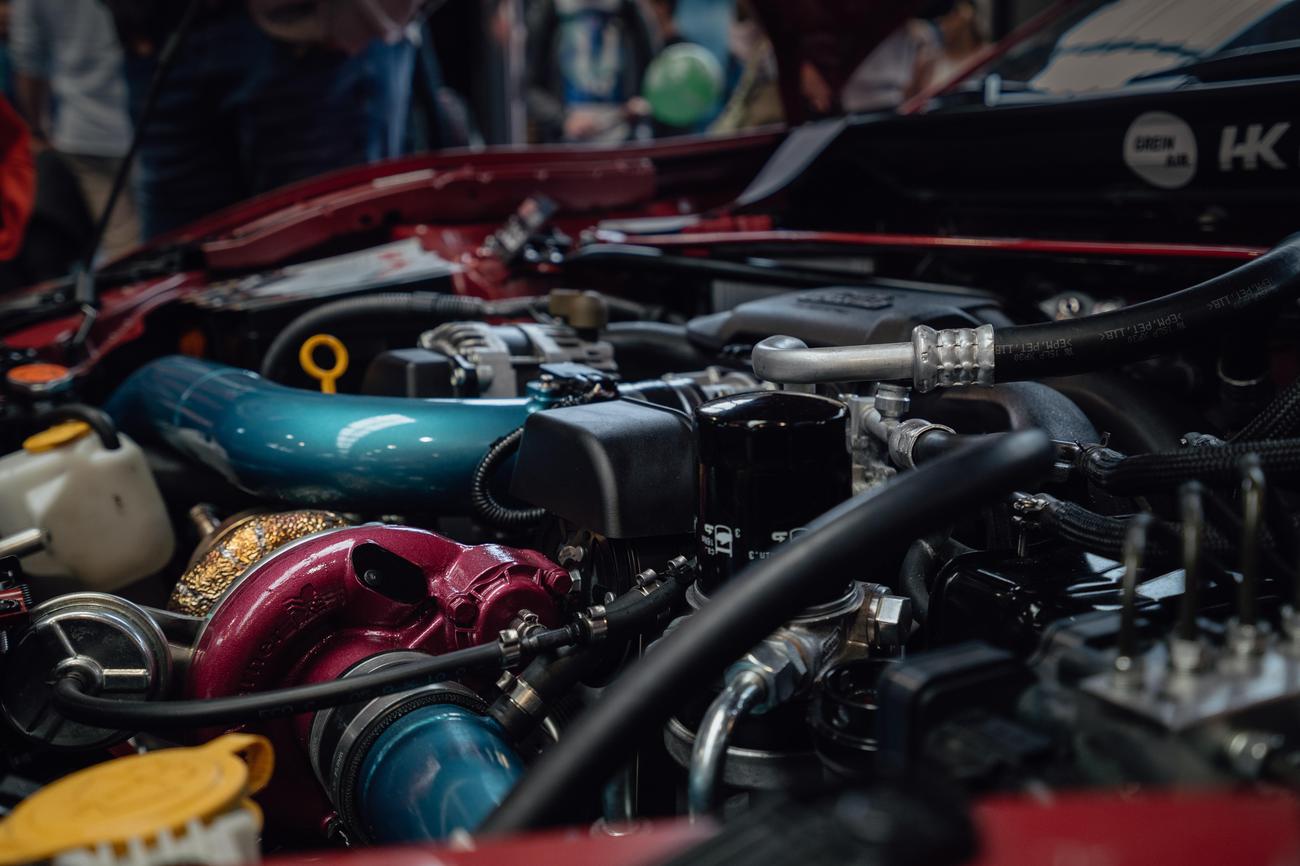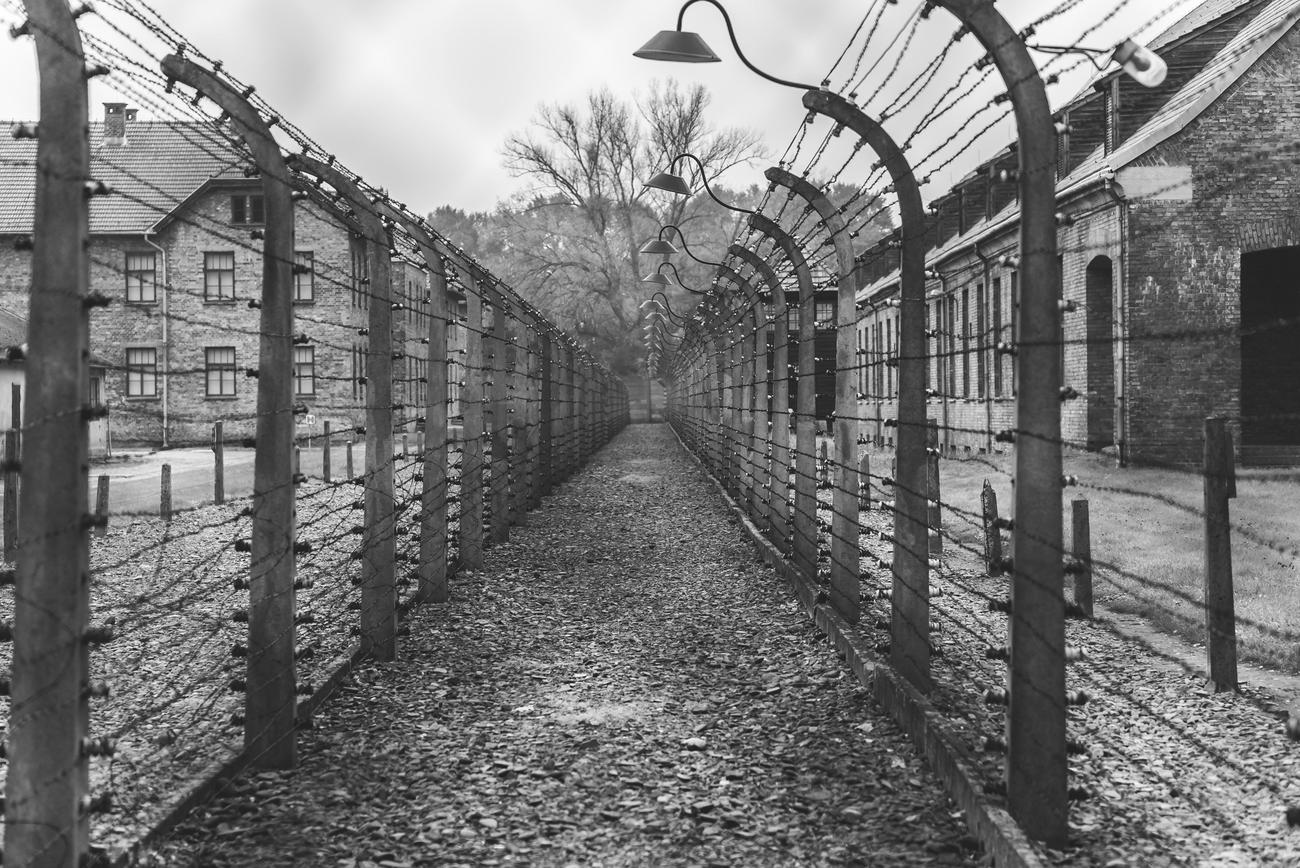Are you ready for a deep dive into the world of rocket chamber design? Look no further, because in this article, we will explore the fascinating realm of optimizing rocket chamber design and the invaluable insights from a highly knowledgeable and experienced aerospace engineer. Get ready to enhance your understanding of this critical component of rocket engines and uncover the secrets behind maximizing combustion efficiency, enhancing thrust performance, and ensuring structural integrity. So buckle up, as we embark on an exciting journey into the intricacies of rocket chamber design, guided by the expertise of our trusted aerospace engineer.

Rocket Chamber Design
Rocket chamber design is a critical aspect of the overall rocket engine design process. As an experienced aerospace engineer specializing in rocket chamber design, I have spent years working on optimizing rocket chamber designs to maximize performance and efficiency. In this article, I will share my insights and expertise on rocket chamber design, focusing on key aspects such as fuel inlets, propellant mass, cooling techniques, structural integrity, and optimization methods.
Fuel Inlets and Optimization
One of the key considerations in rocket chamber design is the optimization of fuel inlets. The number and placement of fuel inlets play a crucial role in ensuring efficient combustion and optimal thrust performance. By carefully analyzing the flow dynamics and using computational fluid dynamics (CFD) simulations, we can determine the ideal configuration for fuel inlets in a rocket chamber.
Designing the fuel inlets involves a combination of advanced numerical modeling techniques and experimental validation. By utilizing Design of Experiments (DOE), we can systematically vary the parameters affecting fuel inlet design to identify the optimal configuration that maximizes combustion efficiency and minimizes any undesirable effects such as combustion instability. This iterative optimization process helps us fine-tune the rocket chamber design to achieve the best possible performance.
“By optimizing the fuel inlets, we can significantly improve the combustion efficiency and thrust performance of rocket chambers.”
Propellant Mass and Structural Integrity
Another critical aspect of rocket chamber design is the determination of the required propellant mass for the desired level of thrust. This calculation relies on a deep understanding of thermodynamics, fluid dynamics, and combustion processes. It involves considering factors such as desired delta-v, payload mass, and mission requirements.
Properly estimating the propellant mass ensures the rocket chamber is designed to handle the required thrust and can achieve the desired mission objectives. Additionally, the structural integrity of the rocket chamber must be carefully evaluated to withstand the high pressures and extreme temperatures generated during combustion.
“Accurate estimation of propellant mass and ensuring structural integrity are crucial for successful rocket chamber design.”
Cooling Techniques and Transpiration Cooling
To counteract the intense heat generated during combustion, rocket chambers often incorporate cooling techniques. Transpiration cooling is one of the methods used to keep the chamber walls from reaching critical temperatures. This technique involves the release of a coolant (such as liquid or gaseous propellant) through tiny pores in the chamber wall, forming a protective cooling layer.
Transpiration cooling can significantly enhance the thermal protection of the rocket chamber, allowing for higher combustion temperatures and increased engine efficiency. However, it also introduces challenges related to the structural impact on the chamber and the complex fluid dynamics within the cooling passages.
“Transpiration cooling is a promising technique for achieving higher combustion temperatures, but it requires careful consideration of the structural impact and fluid dynamics within the rocket chamber.”
Cooled vs. Non-Cooled Rocket Chambers
The comparison between cooled and non-cooled rocket chambers is an important aspect of rocket chamber design. Cooled chambers provide the advantage of higher combustion temperatures and improved engine efficiency. However, they come with additional complexities in terms of the cooling system design, structural integrity, and overall engine weight.
Non-cooled rocket chambers, on the other hand, are simpler in design but may have limitations in terms of combustion temperature and performance. The choice between cooled and non-cooled designs depends on various factors, such as mission requirements, engine size, and desired performance trade-offs.
“The choice between cooled and non-cooled rocket chambers involves weighing the advantages of higher combustion temperatures against the complexities associated with cooling systems and structural considerations.”
Conclusion
In conclusion, optimizing rocket chamber design is crucial for achieving efficient and high-performance rocket engines. By considering factors such as fuel inlets, propellant mass, cooling techniques, and structural integrity, aerospace engineers can fine-tune rocket chamber designs to meet specific mission requirements and maximize performance.
As an experienced aerospace engineer specializing in rocket chamber design, I have seen firsthand the impact that careful optimization can have on rocket engine performance. By continuously pushing the boundaries of design through advanced numerical modeling, simulation techniques, and experimental validation, we can ensure that rocket chambers are both innovative and efficient.
“Optimizing rocket chamber design is a complex yet rewarding process, where every detail can make a significant difference in the performance and success of a rocket engine.”
To uncover fascinating facts about the rocket chamber, click here: facts about the rocket chamber. Discover the inner workings and intricacies behind this crucial component of rocket propulsion. Delve into the mesmerizing realm of rocket science and navigate through a wealth of knowledge that will leave your mind soaring. Embark on a journey of discovery as you unravel the secrets concealed within the rocket chamber.
FAQ
Question 1
What factors are considered in the optimization of a rocket thrust chamber design with 4 fuel inlets?
Answer 1
In the optimization process of a rocket thrust chamber design with 4 fuel inlets, factors such as combustion efficiency, thrust performance, and structural integrity are considered. The goal is to maximize the overall performance and reliability of the rocket engine.
Question 2
How are CFD and Design of Experiments used in the optimization process of rocket thrust chamber designs?
Answer 2
Computational Fluid Dynamics (CFD) is utilized to simulate and analyze the complex flow patterns and combustion processes within the rocket thrust chamber. Design of Experiments (DOE) techniques are employed to systematically explore and optimize various design parameters, such as fuel injection configurations and chamber geometry, to achieve the desired performance goals.
Question 3
Why is the specific propellant mass crucial in rocket engines?
Answer 3
The specific propellant mass, which refers to the mass of propellant required to generate a unit of thrust, is a critical parameter in rocket engines. It directly affects the payload capacity, efficiency, and overall performance of the rocket. Optimizing the specific propellant mass can lead to more efficient and cost-effective space missions.
Question 4
What is the significance of transpiration cooling in cryogenically operated CMC rocket thrust chambers?
Answer 4
Transpiration cooling plays a vital role in cryogenically operated Ceramic Matrix Composite (CMC) rocket thrust chambers. It involves the circulation of a coolant through the porous walls of the chamber to remove excess heat generated during combustion. This cooling method enhances the structural integrity and extends the operational capabilities of the rocket engine in high-temperature environments.
Question 5
What are the key differences between cooled and non-cooled rocket thrust chambers?
Answer 5
Cooled rocket thrust chambers employ cooling techniques, such as regenerative cooling or transpiration cooling, to manage the high temperatures generated during combustion and improve durability. Non-cooled thrust chambers, on the other hand, do not incorporate active cooling mechanisms. The choice between cooled and non-cooled designs depends on factors like mission requirements, material limitations, and cost considerations.
- Unveiling the Enigma: Mansoureh Khojasteh Bagherzadeh’s Public Appearances & Private Life in Iran - July 18, 2025
- Unveiling the Mystery: Mansoureh Khojasteh Bagherzadeh’s Husband: A Rare Glimpse into a Private Life - July 18, 2025
- Unveiling Masoud Khamenei’s Mother: Power, Influence, and Iran’s Future - July 18, 2025
















